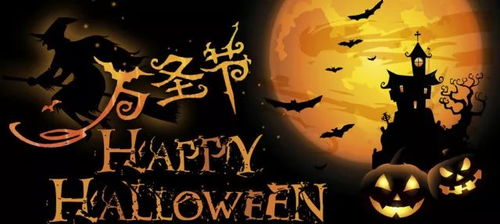Introduction to Halloween

Halloween, also known as All Hallows' Eve, is a traditional Western festival celebrated on October 31st. Its origins are steeped in ancient customs and beliefs, with various interpretations and legends surrounding its history. This article delves into the origins of Halloween, exploring its roots and the evolution of its customs over time.
Pre-Christian Celtic Roots

The origins of Halloween can be traced back to the ancient Celtic festival of Samhain, which marked the end of the harvest season and the beginning of winter. Celebrated by the Celts, who lived in what is now Ireland, Scotland, and Wales, Samhain was a time when they believed the veil between the living and the dead was at its thinnest. This period was marked by rituals and festivities to honor the dead and to ward off evil spirits. The festival was held on the last day of October, which later became the date for Halloween.
Druidic Rituals and Practices

The Druids, the ancient Celtic priests, played a significant role in the Samhain festival. They believed that on this night, the spirits of the dead would return to the mortal world. To prevent these spirits from causing harm, the Druids would perform rituals, light bonfires, and wear costumes to disguise themselves as spirits. These customs have evolved into the modern practices of trick-or-treating and wearing costumes on Halloween.
Christian Influence and All Saints' Day

With the spread of Christianity in the Roman Empire, the celebration of Samhain was eventually incorporated into the Christian liturgical calendar. The Church established All Saints' Day, also known as All Hallows' Day, on November 1st to honor all the saints. To coincide with this day, the celebration of Samhain was moved to October 31st, giving rise to the term
